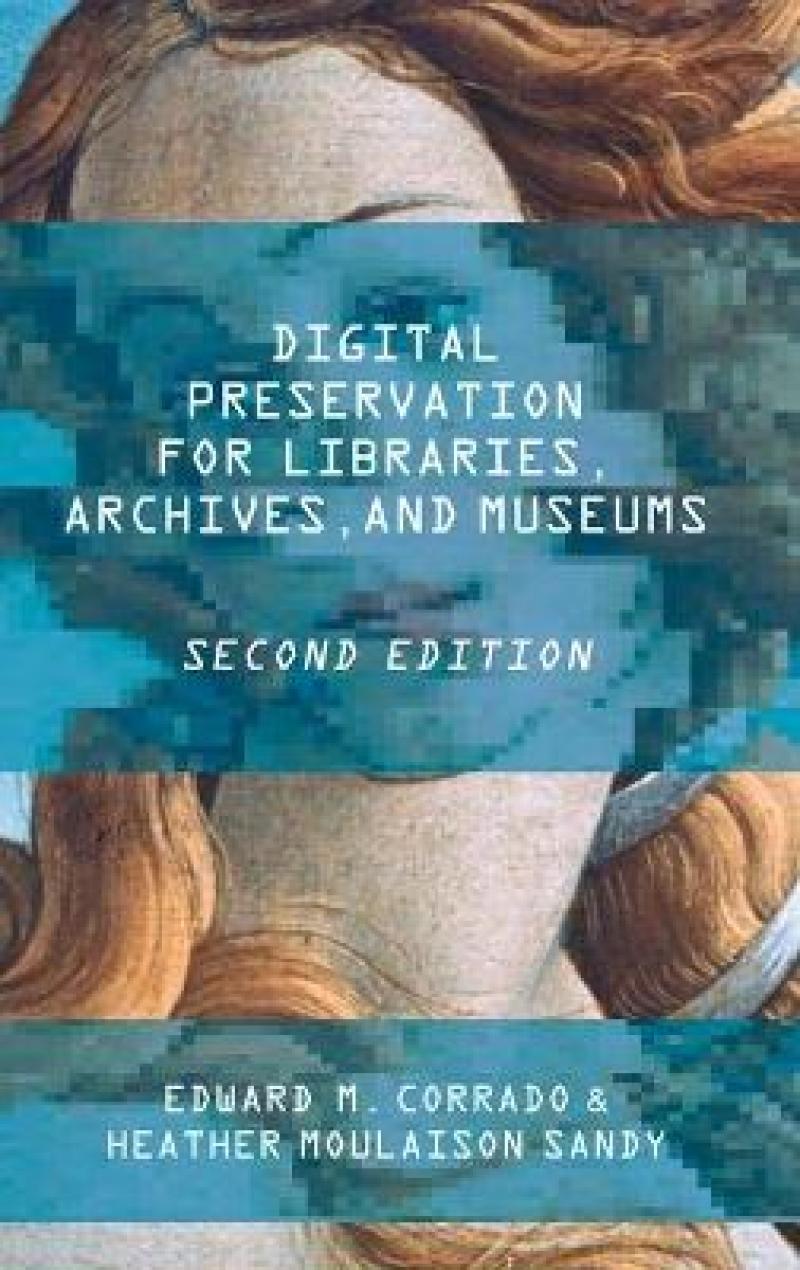This new edition of Digital Preservation in Libraries, Archives, and Museums is the most current, complete guide to digital preservation available today.
For administrators and practitioners alike, the information in this book is presented readably, focusing on management issues and best practices. Although this book addresses technology, it is not solely focused on technology. After all, technology changes and digital preservation is aimed for the long term. This is not a how-to book giving step-by-step processes for certain materials in a given kind of system. Instead, it addresses a broad group of resources that could be housed in any number of digital preservation systems. Finally, this book is about “things (not technology; not how-to; not theory) I wish I knew before I got started.”
Digital preservation is concerned with the life cycle of the digital object in a robust and all-inclusive way. Many Europeans and some North Americans may refer to digital curation to mean the same thing, taking digital preservation to be the very limited steps and processes needed to insure access over the long term. The authors take digital preservation in the broadest sense of the term: looking at all aspects of curating and preserving digital content for long term access.
The book is divided into four part:
1.Situating Digital Preservation,
2.Management Aspects,
3.Technology Aspects, and
4.Content-Related Aspects.
Digital Preservation will answer questions that you might not have even known you had, leading to more successful digital preservation initiatives.
Read more
Acknowledgements
Foreword to the First Edition by Michael Lesk
List of Figures and Tables
Preface
PART I: SITUATING DIGITAL PRESERVATION
1.What is Digital Preservation?
2.Getting Started with the Digital Preservation Triad
PART II: MANAGEMENT ASPECTS
3.Management for Digital Preservation
4.The OAIS Reference Model
5.Organizing Digital Content
6.Consortia and Membership Organizations
7.Human Resources and Education
8. Sustainable Digital Preservation
PART III: TECHNOLOGY ASPECTS
9.Digital Repository Software and Digital Preservation Systems
10.10. The Digital Preservation Repository and Trust
11. Metadata for Digital Preservation
12. File Formats and Software for Digital Preservation
13. Emulation
PART IV: CONTENT-RELATED ASPECTS
14. Selecting Content
15. Preserving Research Data
16. Preserving Humanities Content
17. Digital Preservation of Selected Specialized Formats
Conclusion
Appendix A: Select Resources in Support of Digital Preservation
Glossary
Bibliography
About the Authors
Index
Read more
Corrado and Moulaison Sandy's work on digital preservation sheds new light on how to create and sustain a digital preservation program. Focusing on the inter-connected areas of management, technology and content the ‘digital preservation triad’ provides libraries, archives and museums with an useful model for approaching just about any type of digital preservation issue.
Read more
Product details
ISBN
9781442278714
Published
2017-01-12
Edition
2. edition
Publisher
Vendor
Rowman & Littlefield
Weight
726 gr
Height
237 mm
Width
161 mm
Thickness
36 mm
Age
P, 06
Language
Product language
Engelsk
Format
Product format
Innbundet
Number of pages
402
